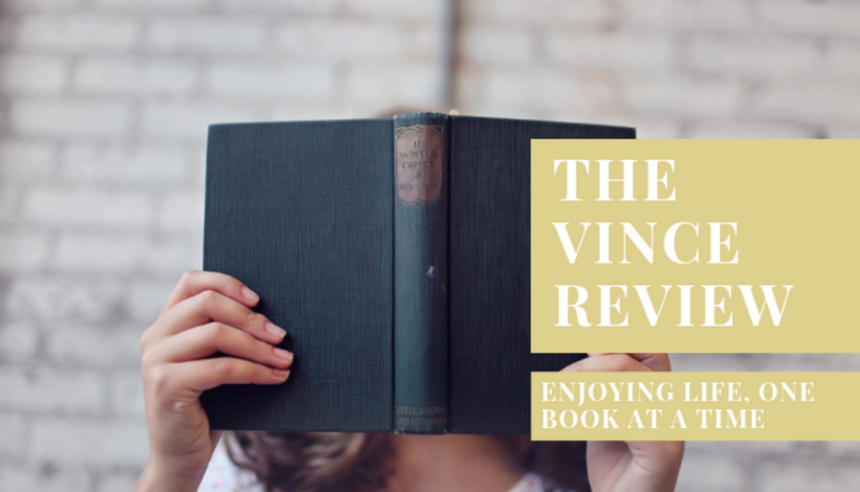MY THOUGHTS:
Phew, I can finally tick off this super-long title. (Just to be clear, I'm referring to the title being super-long, not the story itself.) For years I've seen this Newbery Award winning middle-grade novel from 1968 recommended far and wide. I finally borrowed a library e-book and found it both thought-provoking and very cute.
Claudia Kincaid decides to run away and live for a short time in New York City's Metropolitan Museum of Art, because it's such an elegant and important place in which to hide. She coerces her younger brother Jamie to join her, since he's a fiscal wizard who has saved loads of pocket money. Their simple mission to avoid detection soon becomes a compulsive quest to discover the origins of a stunning angel statue. Claudia isn't sure what appeals so strongly to her, but trusts that finding out will be an epiphany. All she and Jamie know is that it came from the collection of a wealthy lady named Mrs. Basil E. Frankweiler who sold it to the museum for $225.
It is the elderly and wise Mrs Frankweiler who deduces what drives Claudia so hard to find the answer, and what manner of mindshift will really make a difference in her restless heart.
It wouldn't be such a fun read without the witty and evolving rapport between Claudia and Jamie, who forever banter but are truly in sync. They are now up among my favourite storybook sibling duos, and Konigsburg's illustrations reinforce what a lovable team they make. Claudia is a straight A student full of head knowledge, and as the eldest, a bit of a know-it-all. But Jamie is a very pragmatic 9-year-old, and I love how Claudia defers to him in all their economic decisions.
The museum is an atmospheric setting. It housed over 365 000 works of art way back when this book was published, which means the Kincaids would have to look at 1000 exhibits per day to see it all within a year. When Claudia and Jamie settle down in an antique bed on their first night in hiding, we are told, 'The silence seeped from their heads to their soles and then into their souls.' Sounds a bit spooky to me, but I like it.
When I read a couple of other reviews on Goodreads, one lady ranked it low and remarked that the modern kids she knows wouldn't grasp or appreciate the introspective and motivational messages that kids of the late 1960s apparently did. But as far as I'm concerned, the book is as great as it ever was, and using her own reasoning, if anything deserves to have stars lopped off, it should be our 21st century culture, if it discourages contemplation in juvenile fiction.
🌟🌟🌟🌟



